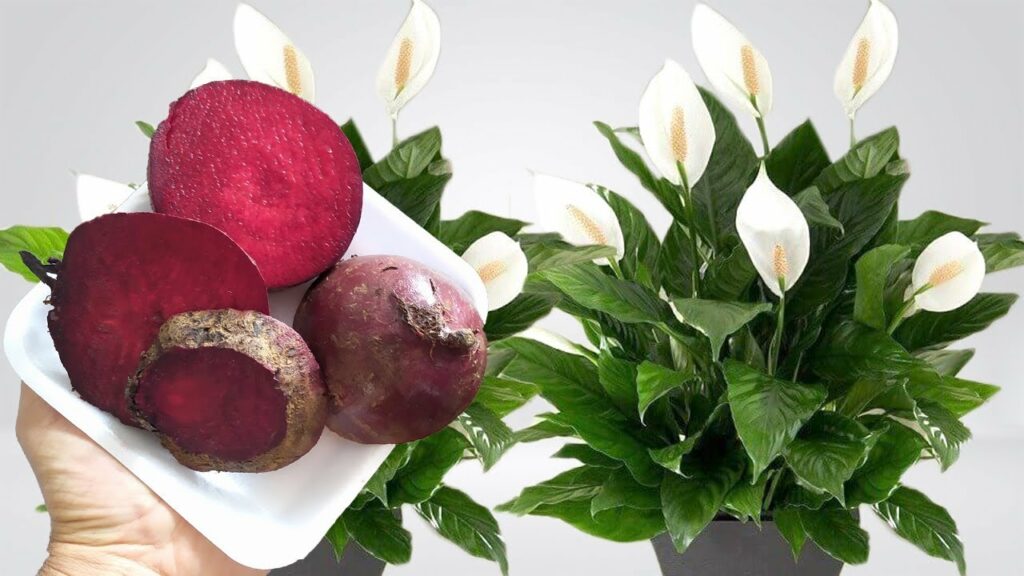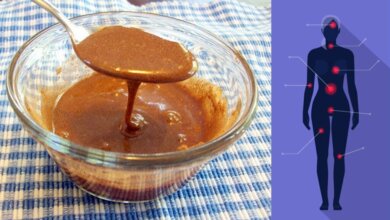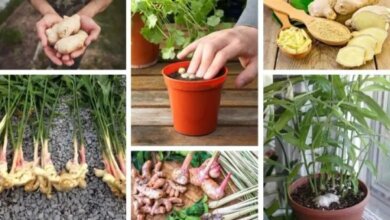Why Beets?
Beets are rich in essential nutrients like magnesium, potassium, and iron, which are great for both plants and soil. These nutrients help improve soil structure, promote healthy root growth, and enhance flowering.
Step-by-Step Guide to Using Beets in Your Garden
1. Beet Juice Fertilizer
Ingredients:
- 2-3 fresh beets
- 1 gallon of water
Instructions:
- Chop the beets into small pieces.
- Blend them with a gallon of water until smooth.
- Strain the mixture to remove solid particles.
- Pour the beet juice fertilizer around the base of your flowering plants every 2-3 weeks.
2. Beet Compost
Ingredients:
- Beet peels and scraps
- Other vegetable scraps
- Brown materials (like dried leaves or paper)
Instructions:
- Collect beet peels and scraps from your kitchen.
- Mix them with other vegetable scraps and brown materials in your compost bin.
- Turn the compost pile regularly to speed up decomposition.
- Once the compost is ready, mix it into your garden soil to boost nutrient levels.
3. Beet Mulch
Ingredients:
- Beet leaves and stems
- Grass clippings or straw
Instructions:
- Chop beet leaves and stems into small pieces.
- Mix with grass clippings or straw.
- Spread the mixture around your flowers to help retain moisture and add nutrients to the soil as it breaks down.
Benefits of Using Beets in Your Garden
- Enhanced Soil Nutrition: Beets enrich the soil with essential minerals, promoting healthy plant growth.
- Improved Bloom: The nutrients from beets can enhance the color and size of your flowers.
- Sustainable Gardening: Using beet scraps and leftovers reduces waste and supports eco-friendly gardening practices.
By incorporating beets into your gardening routine, you’ll be giving your flowers a natural and powerful boost. Enjoy a more vibrant and flourishing garden with this simple, eco-friendly trick. Happy gardening!
TURN TO THE NEXT PAGE TO READ & Discover
Truth Storie





